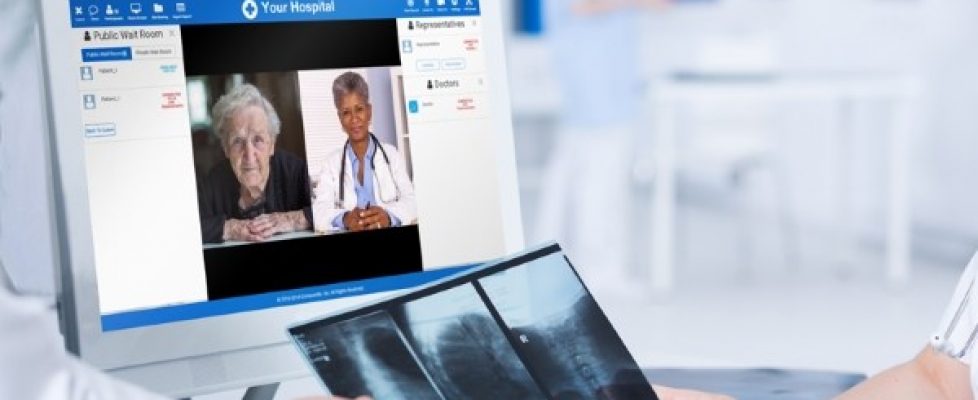To succeed with telehealth, know your “webside manner”
Telehealth has been in some level of development in many U.S. physician practices for years, but the COVID-19 pandemic has thrust it to the forefront of patient care, often before doctors have been properly trained to do it.
A webinar hosted by Massachusetts General Hospital, “Crossing the Virtual Chasm: Rethinking Curriculum, Competency, and Culture in the Virtual Care Era,” included five panel discussions with experts from around the country and focused on defining a framework for assessing competency for training in virtual care, as well as addressed challenges, workflows, strategies and best practices in virtual care enabled education.
Among the experts weighting in was Neel Naik, MD, director of emergency medicine simulation education and an assistant professor of clinical emergency medicine at Weill Cornell Medicine, in New York City, with best practices for adding warmth, clarity and, most important, effectiveness to telehealth visits.
Physicians and others from several member schools of the AMA Accelerating Change in Medical Education Consortium took part in the daylong virtual event.
New medium requires new skills
Dr. Naik and his colleagues at Weill Cornell Medicine and the institution’s Center for Virtual Care developed a telemedicine training program for medical students long before the pandemic started. While there were lessons to be learned about the technical side of video visits, medical students most often wanted to talk about their interactions with patients.
“Most providers conduct telemedicine visits without any previous training in this area, which leaves them as novices when it came to webside manner,” Dr. Naik said. “And so we’re all starting from the same page, whether we were already practicing clinicians that had 20 years of experience or if we were first-year medical students.”
Just as bedside manner encompasses much more than one’s appearance in person, webside manner transcends how one looks on camera, he noted. It’s also about empathy and understanding the totality of the encounter.
“This is, I think, where a lot of people have difficulties with telemedicine. They try to take what they do in person and move it, en block, into the virtual realm,” Dr. Naik said. “We can’t do that. We have to teach a different set of skills to actually care for a patient.”
The trainings began with a flipped classroom module, which was delivered remotely and included basics in lighting and camera angles, as well as some of the medicolegal aspects of telemedicine, such as the Ryan Haight Act—the federal prohibition on form-only online prescribing of controlled substances, which has been relaxed during the pandemic.
They were then backed up by in-person experiential learning involving virtual visits with simulated patients. These were followed by hour-long debriefs based on recordings of the visits. Of course, now the trainings are done entirely online.
“Being able to watch yourself on camera taking care of a patient is awful and awesome at the same time,” Dr. Naik said. “We have to get used to seeing ourselves on camera because that’s the only way we get comfortable being on camera.”
6 quick tips
Dr. Naik cited several fundamentals physicians should observe for video visits:
- Put yourself in the center of your frame. You are the focal point, not your background.
- Position lighting to reduce glare and spotlighting. You want uniform lighting that allows the patient to see your face.
- Eliminate background items that could distract the patient.
- Make sure you are HIPAA-compliant by confirming anyone else in your room is necessary to the visit and approved by the patient.
- Confirm the patient’s location to ensure you have the proper licensure.
- Ask the patient to rearrange their furniture, lighting or body position to give you a better view of what you need to see to do an exam and what you need to know about their home environment.

